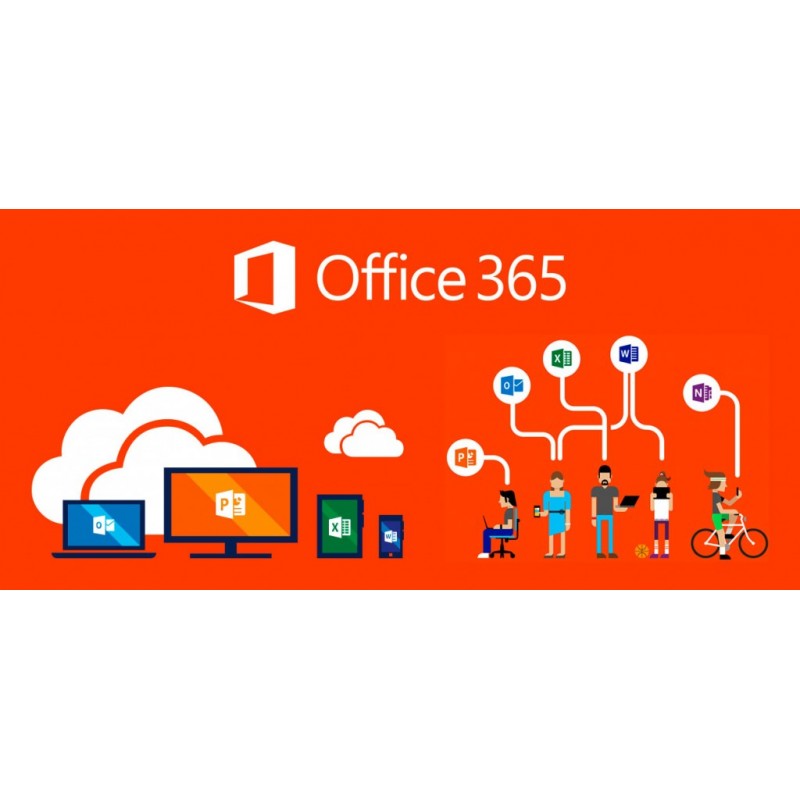

The Business edition is intended for smaller organizations and it mostly cuts out the IT management role. The Windows 365 Business edition and the Windows 365 Enterprise edition products are very different things. Android, Linux, macOS and Windows devices can be used with the service. Microsoft is claiming that any device with a connection that can stream movies would be adequate for being a Cloud PC device. It's hosted in the Windows 365 service and is accessible from anywhere, on any endpoint. Here's how Microsoft's overview document described a Cloud PC:Ī Cloud PC is a highly available, optimized, and scalable virtual machine providing end users with a rich Windows desktop experience. With Windows 365, end users access the desktop and apps remotely, using any type of device. In essence, Windows 365 is the desktop-as-a-service part, hosted by Microsoft from its datacenters, while the Cloud PC is a virtual machine hosted on that Windows 365 service. The breakdown into Basic, Standard and Premium offerings can be seen in this Windows 365 product comparison page. The Windows 365 service comes in two editions, Business and Enterprise, with prices further delineated by the amount of cores, RAM and storage available to each "Cloud PC." Microsoft labels these specific Cloud PC capabilities under broad terms, such as "Basic," "Standard" and "Premium." Windows 365 is described by Microsoft as a more simplified offering than Azure Virtual Desktop. Microsoft also has Azure Virtual Desktop, another desktop-as-a-service offering, which still continues for organizations with greater customization needs. Microsoft is now rolling out Windows 365 for use by organizations in production environments, having previewed it back in June. Microsoft on Monday announced the "general availability" commercial release of Windows 365, its newest desktop-as-as-service product.


 0 kommentar(er)
0 kommentar(er)
